Feature photo credit: Daniel L. Lu
For the third chapter in our Los Angeles Architecture 101 series, we’re examining one of LA’s oldest forms of architecture. Unfortunately, it’s also among the least unique to the region. However, the Greater Los Angeles area still exhibits its own distinct relationship to Beaux-Arts. People across the U.S. celebrated Beaux-Arts architecture until its abrupt decline in the 1920s. Finding inspiration in the majesty and purity of classical Greek and Roman aesthetics, Beaux-Arts created a lofty impression. This one’s a dense one, so grab your monocle or opera glasses and settle onto the chaise lounge.
Bringing the Old Ways to the Modern World
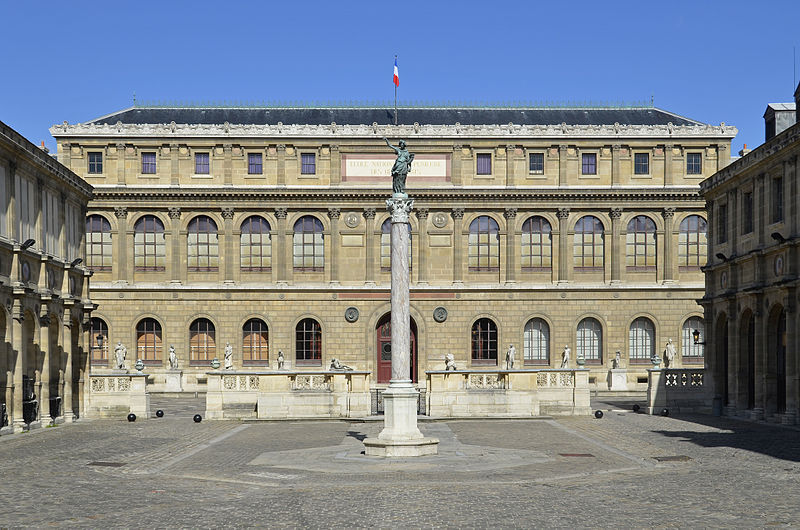
The style’s name comes directly from the renowned French art school, the École des Beaux-Arts; more specifically, the Parisian branch known as the École nationale supérieure des Beaux-Arts. In its teachings, the school placed a particular emphasis on French neoclassicism along with forays into the Renaissance and Baroque.
Modern artists learned these ancient techniques to better preserve idealized antiquities for the generations to come. Therefore, architects frequently capitalized on its its reverence of classical forms and structures by applying it to official institutional buildings.
Buildings designed in a Beaux-Arts style may look indistinguishable from their ancient inspiration to the untrained eye. Yet, they typically incorporate modern materials such as glass and iron.
How to Recognize Beaux-Arts Architecture
Students of the École were instructed in sketching characteristic features of ancient Greek and Roman buildings including decorative cornices and robust columns. Often, instructors encouraged the prioritization of lavish entry halls with grandiose proportions and a strong saturation of design.
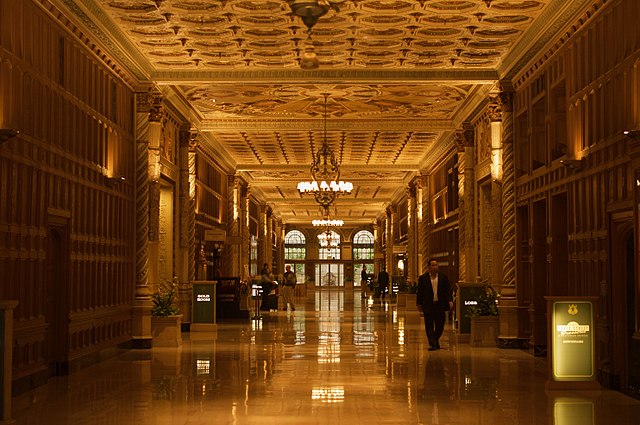
Beaux-Arts’ neoclassicism wasn’t fully recognized as its own independent architectural style until the early 1890s. Prior to this, it was simply regarded as a direct imitation of popular Greek and Roman classical styles. But once Beaux-Arts was distinguished, it was also emphatically embraced as the defacto style for buildings of institutional and cultural significance.
Defining characteristics of Beaux-Arts architecture include:
- Emphasis on symmetry
- Interior spatial hierarchy
- Classical flourishes such as coupled columns, pilasters and cornices
- Arched openings
- Ornately decorative surfaces often employing terra cotta ornamentation
- Statues and cartouches informed by classical figures often fixed into the facade
- Elevated first story
- Incorporation of stone, marble, limestone or similar materials
- Prioritization of classical proportion and grand scale
- Tripartite designs reminiscent of Renaissance-era palazzos
- Grand stairway flights
Infusing American Culture with Beaux-Arts Style
Culturally, Beaux-Arts architecture was a response to the Victorian era’s intermarrying of seemingly disparate styles. Yet, the traditional style’s quest to regain classical purity was further aided by progress in archaeology, history and even photography that brought the past closer to the modern era than ever before.
The reputation of the École inspired many aspiring American artists to travel to France to learn from the masters. Eventually, those same teachings bled into American architectural programs as students of the École passed its techniques far and wide. All of this contributed to the immense popularity of Beaux-Arts in the late 19th and early 20th century.
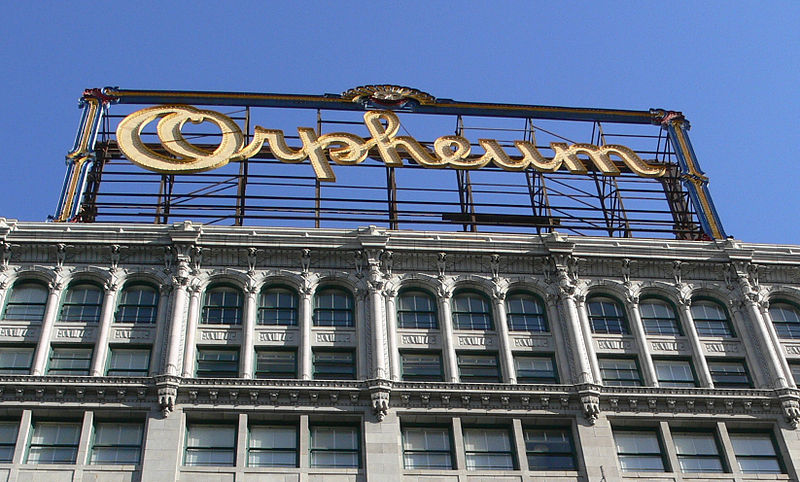
Around this time, American businesses were on the rise financially. These businesses sought buildings to act as extensions of this bounty and nothing spelled “sophisticated prosperity” quite like Beaux-Arts. Soon, it became synonymous with wealth in America, whether that be corporate, federal, or, in rarer cases, private.
Beaux-Arts Goes West
When Beaux-Arts came to Los Angeles in the 1890s, it was more of a reflection of the national trend than a regional specific style. But there was a greater message underlying this adoption of an American trend.
At this point, Los Angeles was just beginning to shake its reputation as an agricultural Western town. It yearned for legitimacy in the eyes of the nation and Beaux-Arts architecture provided a visual statement. By so emphatically embracing the design style, Los Angeles seemed to say, “See? We’re just like you.”
The romanticized European neoclassicism served as an effective antidote to the wild rusticism of LA’s past as it unfurled into a burgeoning city. This was further hastened by the modernization of the agricultural industry and an influx of highly educated architects eager to take part in the legitimization of a fading frontier.
How Beaux-Arts Fit Into the Los Angeles Landscape
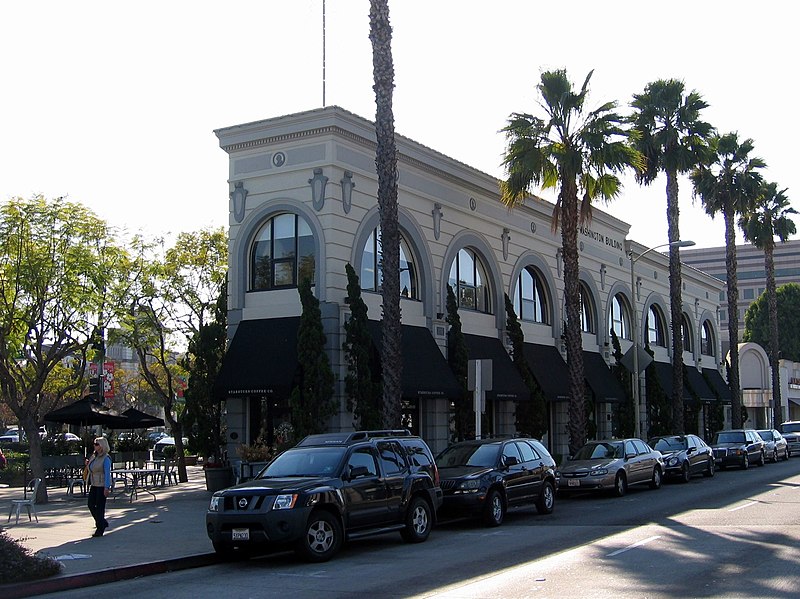
While Beaux-Arts was typically reserved for government buildings and other institutional structures, some wealthy families across the nation employed it in their lavish homes. Yet, no such residences are known in the Greater Los Angeles area. However, areas of the city, particularly Downtown Los Angeles, provide a wealth of impressive Beaux-Arts buildings even stretching into commercial and rarer industrial purposes.
Yet, Los Angeles was unable to keep up with other major U.S. cities as they employed Beaux-Arts in their commercial skyscrapers. In 1904, the city passed a height limitation on buildings, restricting them from exceeding 13 stories or 150 feet in height.
Cities on the East Coast were suffering from poor civic planning that left streets gloomy, bordered by looming skyscrapers. LA didn’t want to make the same mistake. Therefore, you won’t find any of the towering Beaux-Arts colossi that populate New York and Chicago in the City of Angels. LA’s height restrictions weren’t overturned until 1958, decades after the decline of Beaux-Arts.
The École-Trained Architects of Los Angeles
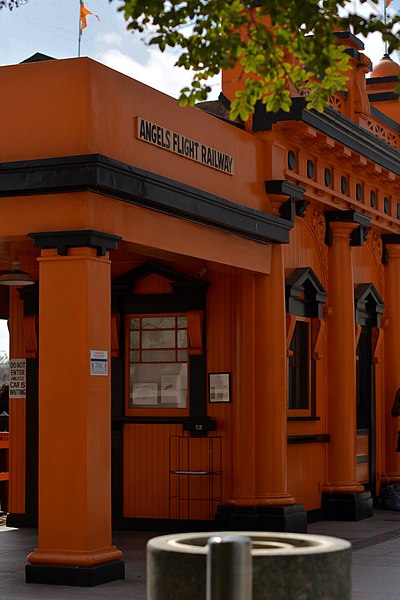
The first École-trained architect to work in California was Albert Pissis, who applied the Beaux-Arts style to some of San Francisco’s most iconic buildings. Shortly afterward, the Beaux-Arts style arrived in Los Angeles, heralded by a multitude of talented architects, several of whom also trained at the École. Some of the first architects to prominently work in the Beaux-Arts style in Los Angeles include:
- David Clark Allison
- Stiles O. Clements
- H. Harwood Hewitt
- G. Albert Lansburgh
- Julia Morgan
- James M. Reid
- John Terrell Vawter
- Carl Jules Weyl
- Carleton Winslow
- Walter Wurdeman
The Decline of the Beaux-Arts Style
While the popularity of Beaux-Arts lasted in LA for a few solid decades, its regional decline mirrored its national decline. Since Beaux-Arts had been used to signify prosperity, it’s fitting that the Great Depression brought it to a grinding halt. New construction across the country completely ceased.
It wouldn’t ramp up again until after World War II. By then, Beaux-Arts had fallen out of fashion. People no longer wanted to recreate the past. They wanted to see what the future held.
Thus, modernist aesthetics overtook Beaux-Arts. But Los Angeles had simply used Beaux-Arts to keep pace; not set trends. Modernism offered to bring a more distinct personality to the city that ran parallel to the rise of Hollywood.
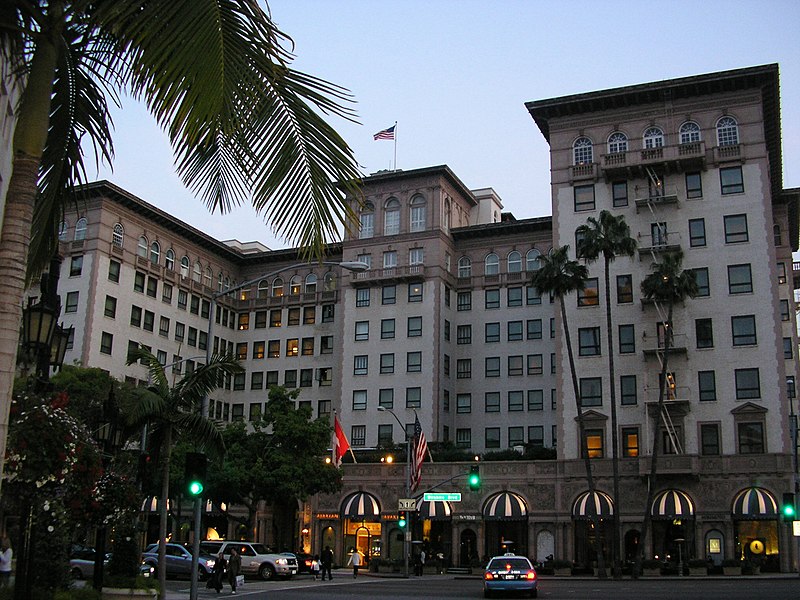
Where to Find Beaux-Arts Buildings in LA
Though the Beaux-Arts style is hardly indicative of the city’s flavor, Los Angeles boasts some gorgeous examples of the style. For example, Downtown LA is particularly noted for its trove of Beaux-Arts buildings. though Hollywood has its own distinct cache. Some of the most well-known examples of surviving Beaux-Arts buildings in Los Angeles include:
- Alexandria Hotel – 501 S. Spring St, Los Angeles, CA 90013
- Angels Flight Railway – 351 S. Hill St, Los Angeles, CA 90013
- Beverly Wilshire – 9500 Wilshire Blvd, Beverly Hills, CA 90212
- Clifton’s Republic – 648 S. Broadway, Los Angeles, CA 90014
- Globe Theatre – 740 S. Broadway, Los Angeles, CA 90014
- Grand Central Market – 317 S. Broadway, Los Angeles, CA 90013
- Hall of Justice – 211 W. Temple St, Los Angeles, CA 90012
- Millennium Biltmore Hotel – 506 S. Grand Ave, Los Angeles, CA 90071
- The Orpheum Theatre – 842 S. Broadway, Los Angeles, CA 90014
- Pasadena City Hall – 100 Garfield Ave, Pasadena, CA 91101
- The Rosslyn Lofts – 451 S. Main St, Los Angeles, CA 90013
- State Theatre – 703 S. Broadway, Los Angeles, CA 90014
- Washington Building – 9726 Washington Blvd, Culver City, CA 90232
Read Los Angeles Architecture 101: Googie
Read Los Angeles Architecture 101: Craftsman
Read Los Angeles Architecture 101: Churrigueresque
Read Los Angeles Architecture 101: Art Deco
With a brand that says as much as JohnHart’s, Senior Copywriter Seth Styles never finds himself at a loss for words. Responsible for maintaining the voice of the company, he spends each day drafting marketing materials, blogs, bios, and agent resources that speak from the company’s collective mind and Hart… errr, heart.
Having spent over a decade in creative roles across a variety of industries, Seth brings with him vast experience in SEO practices, digital marketing, and all manner of professional writing with particular strength in blogging, content creation, and brand building. Gratitude, passion, and sincerity remain core tenets of his unwavering work ethic. The landscape of the industry changes daily, paralleling JohnHart’s efforts to {re}define real estate, but Seth works to maintain the company’s consistent message while offering both agents and clients a new echelon of service.
When not preserving the JohnHart essence in stirring copy, Seth puts his efforts into writing and illustrating an ongoing series entitled The Death of Romance. In addition, he adores spending quality time with his girlfriend and Romeo (his long-haired chihuahua mix), watching ‘70s and ‘80s horror movies, and reading (with a particular penchant for Victorian horror novels and authors Yukio Mishima and Bret Easton Ellis). He also occasionally records music as the vocalist and songwriter for his glam rock band, Peppermint Pumpkin.


